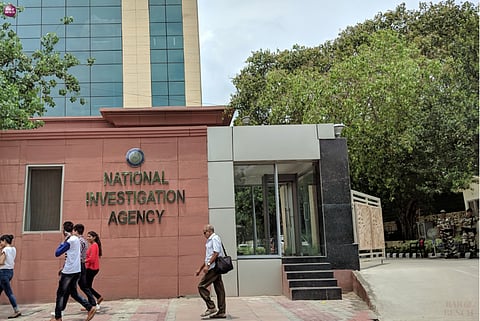
- Latest Legal News
- News
- Dealstreet
- Viewpoint
- Columns
- Interviews
- Law School
- Legal Jobs
- हिंदी
- ಕನ್ನಡ

A Special NIA Court last week acquitted Swami Aseemanand and others accused of conspiring to conduct the Samjhauta Express blasts that killed 68 persons in 2007.